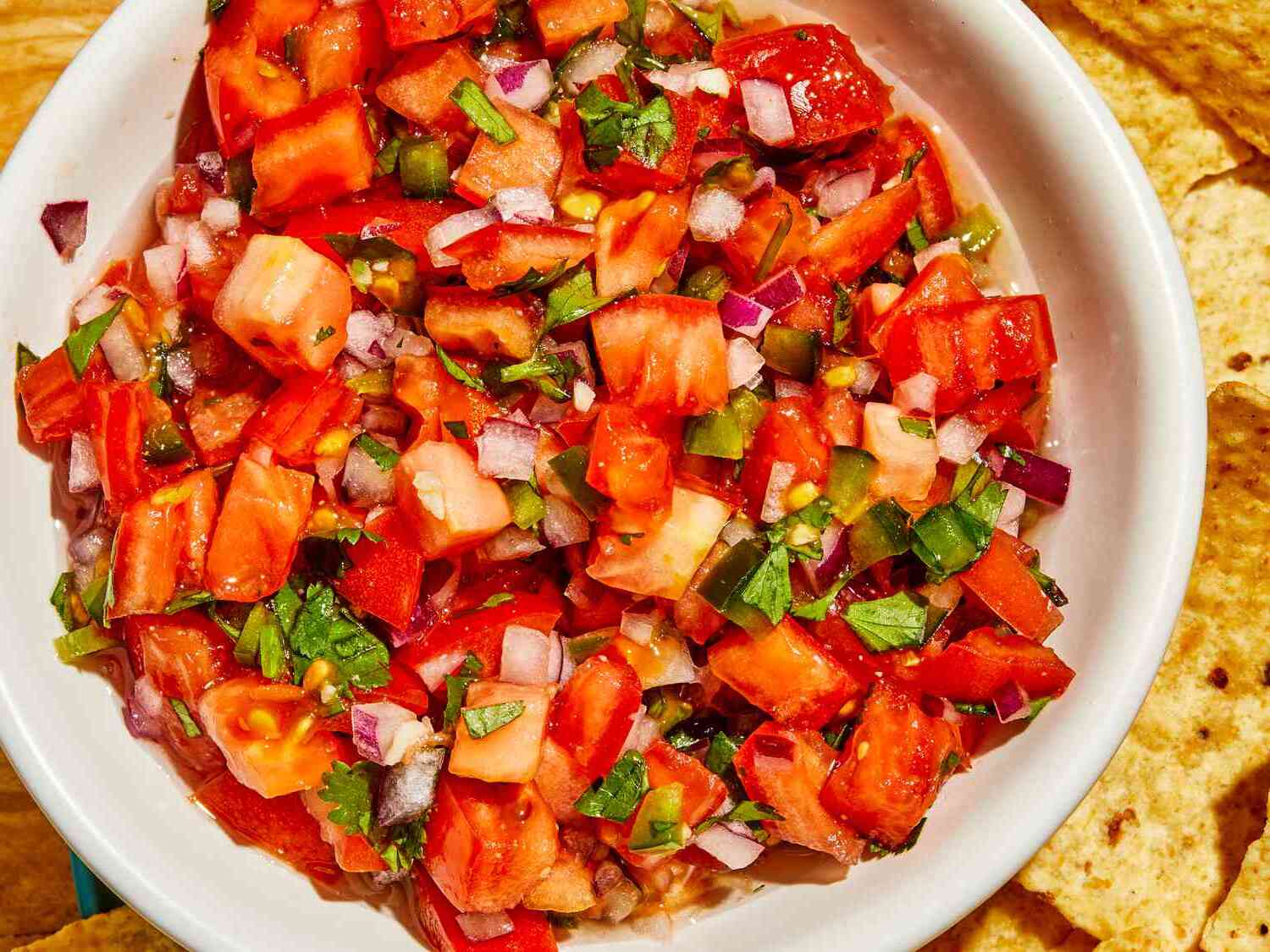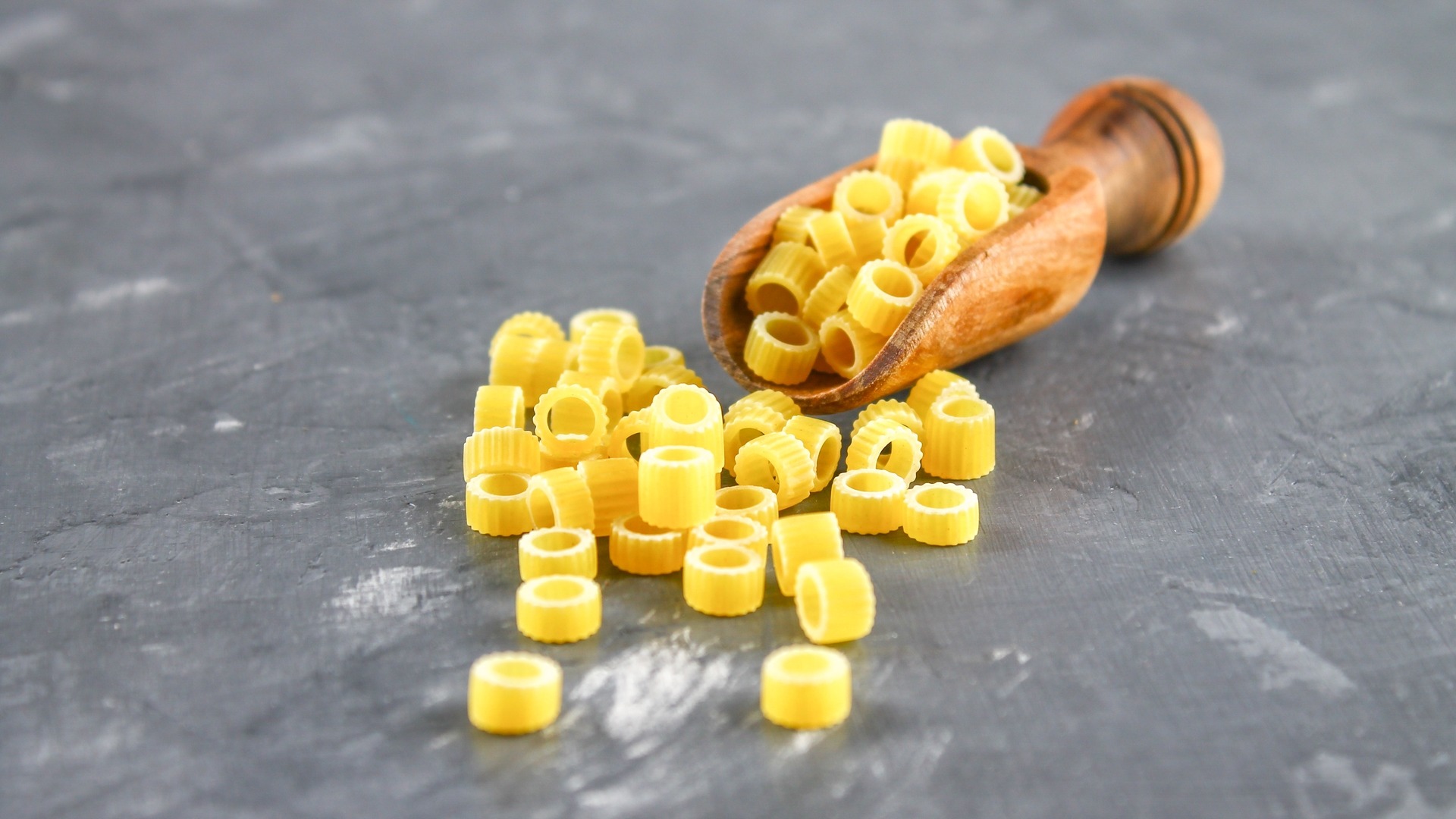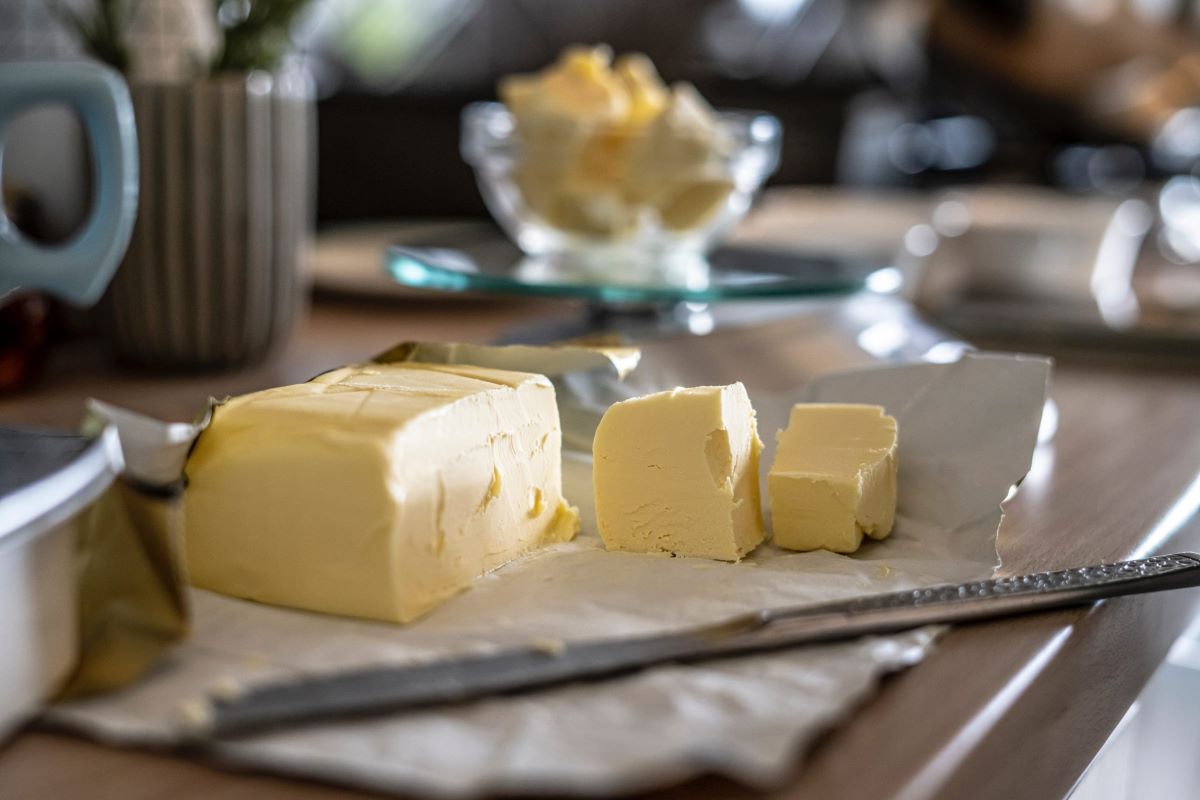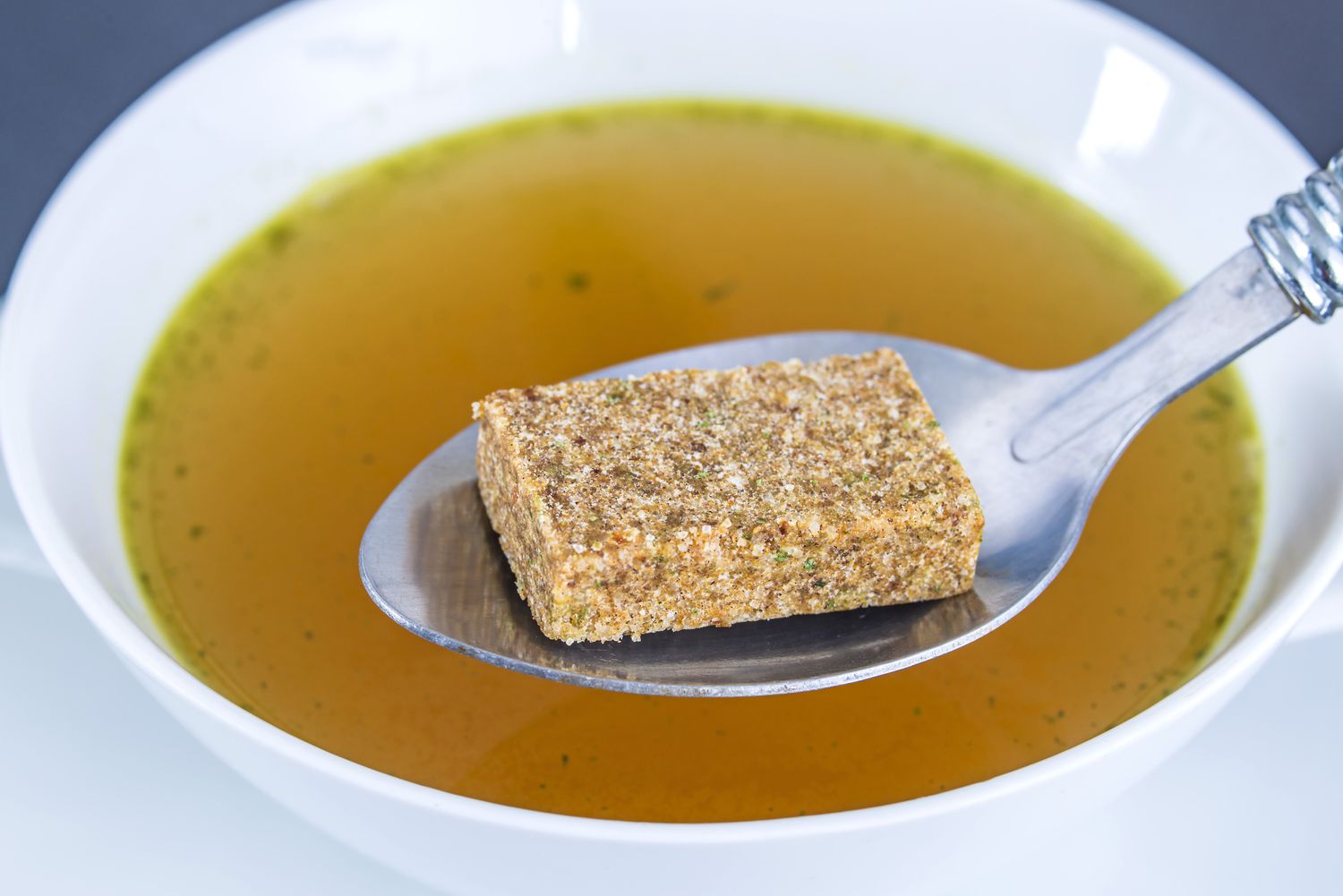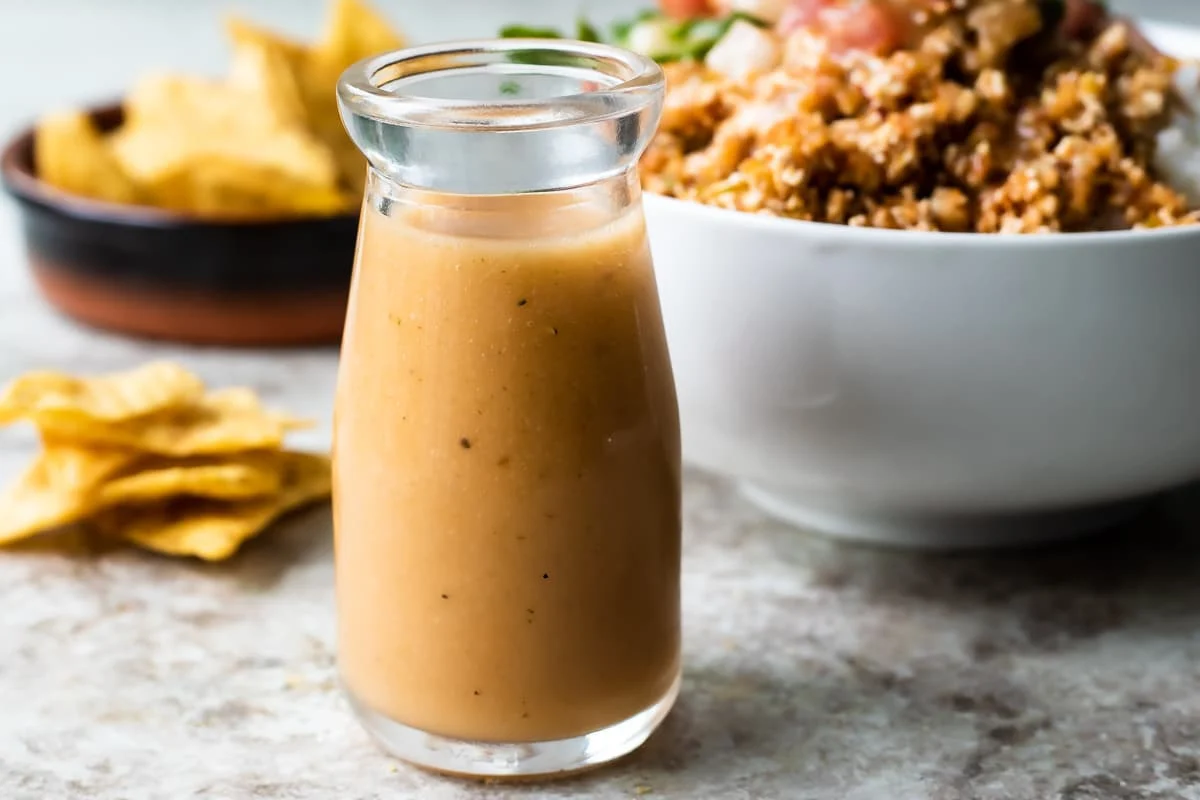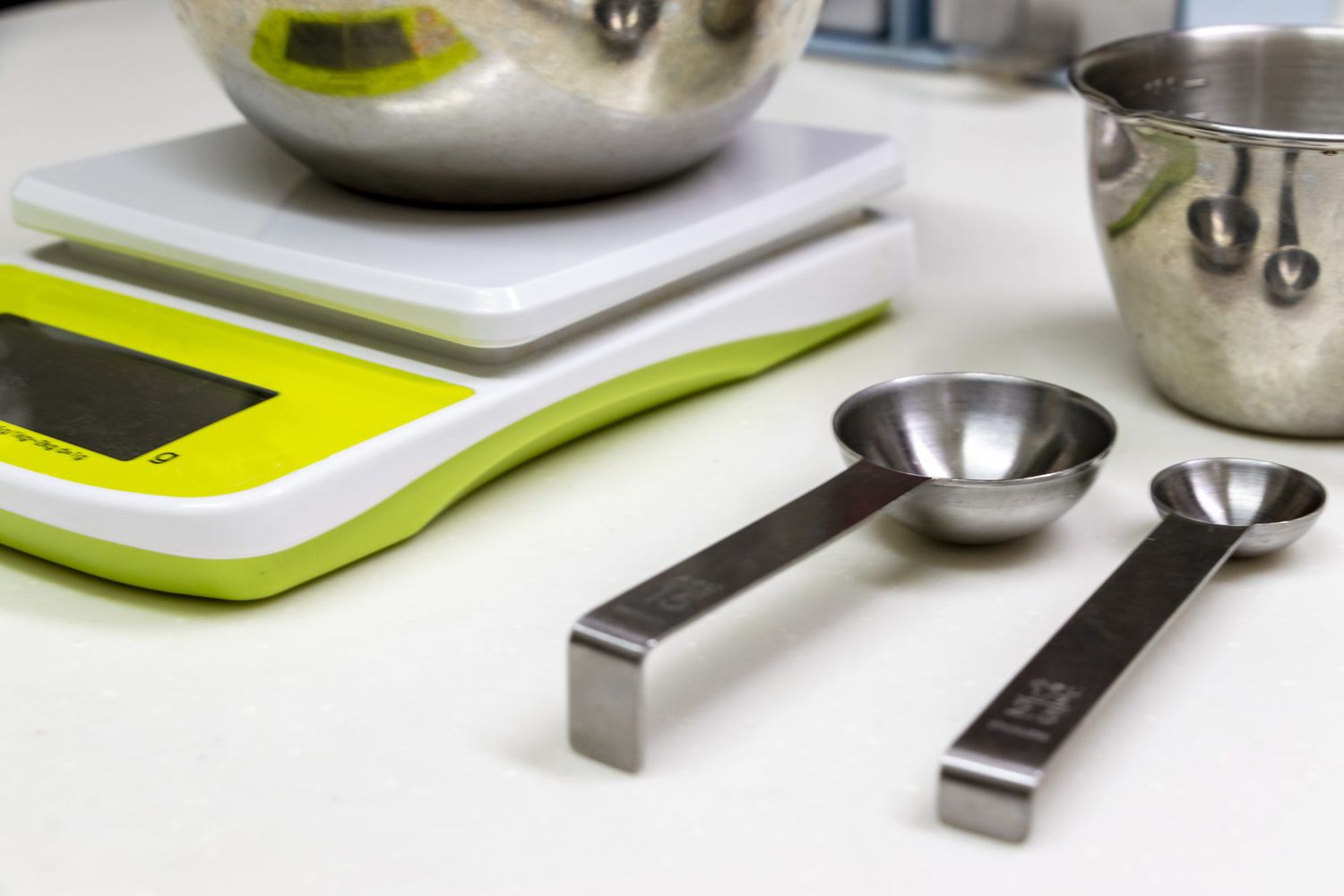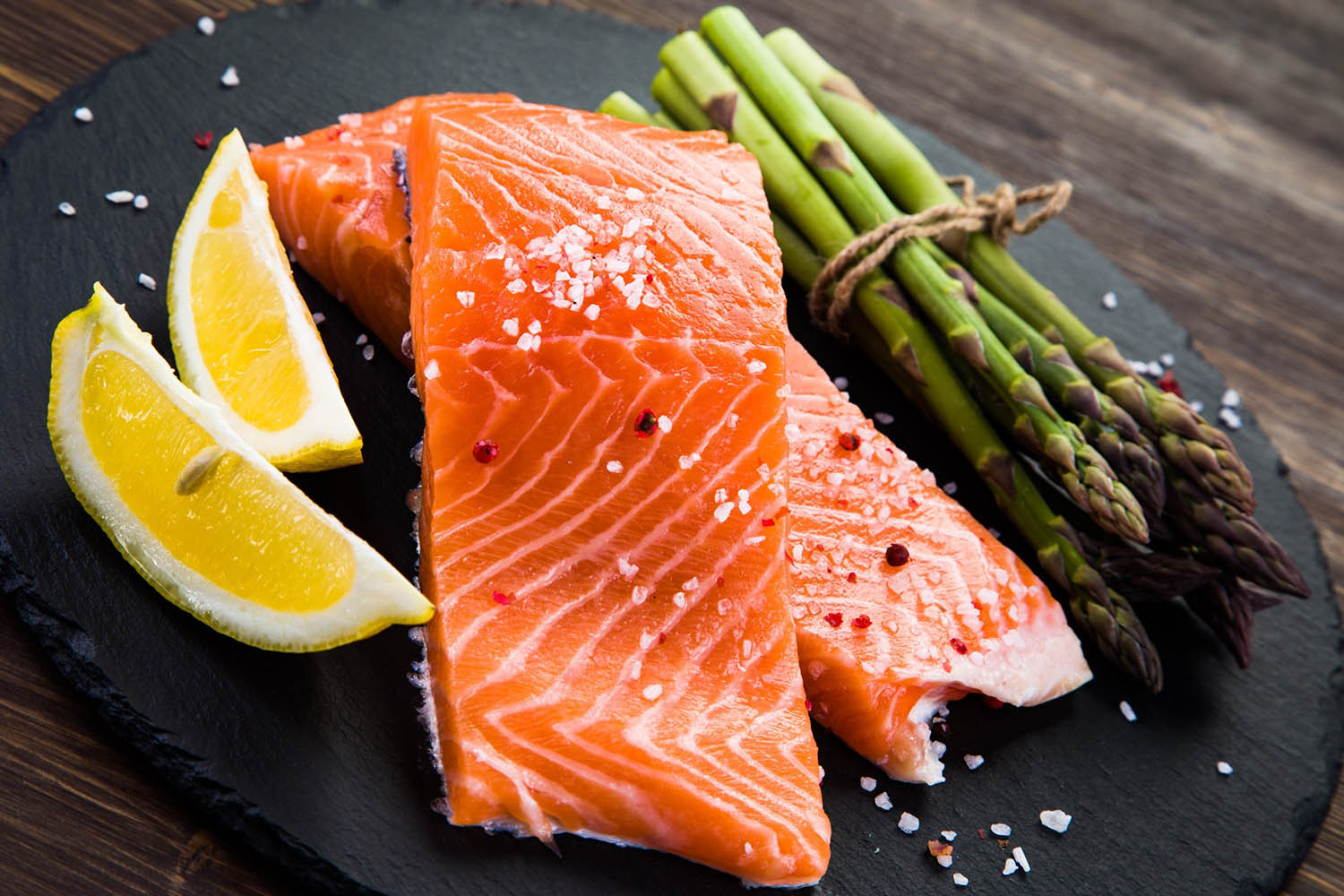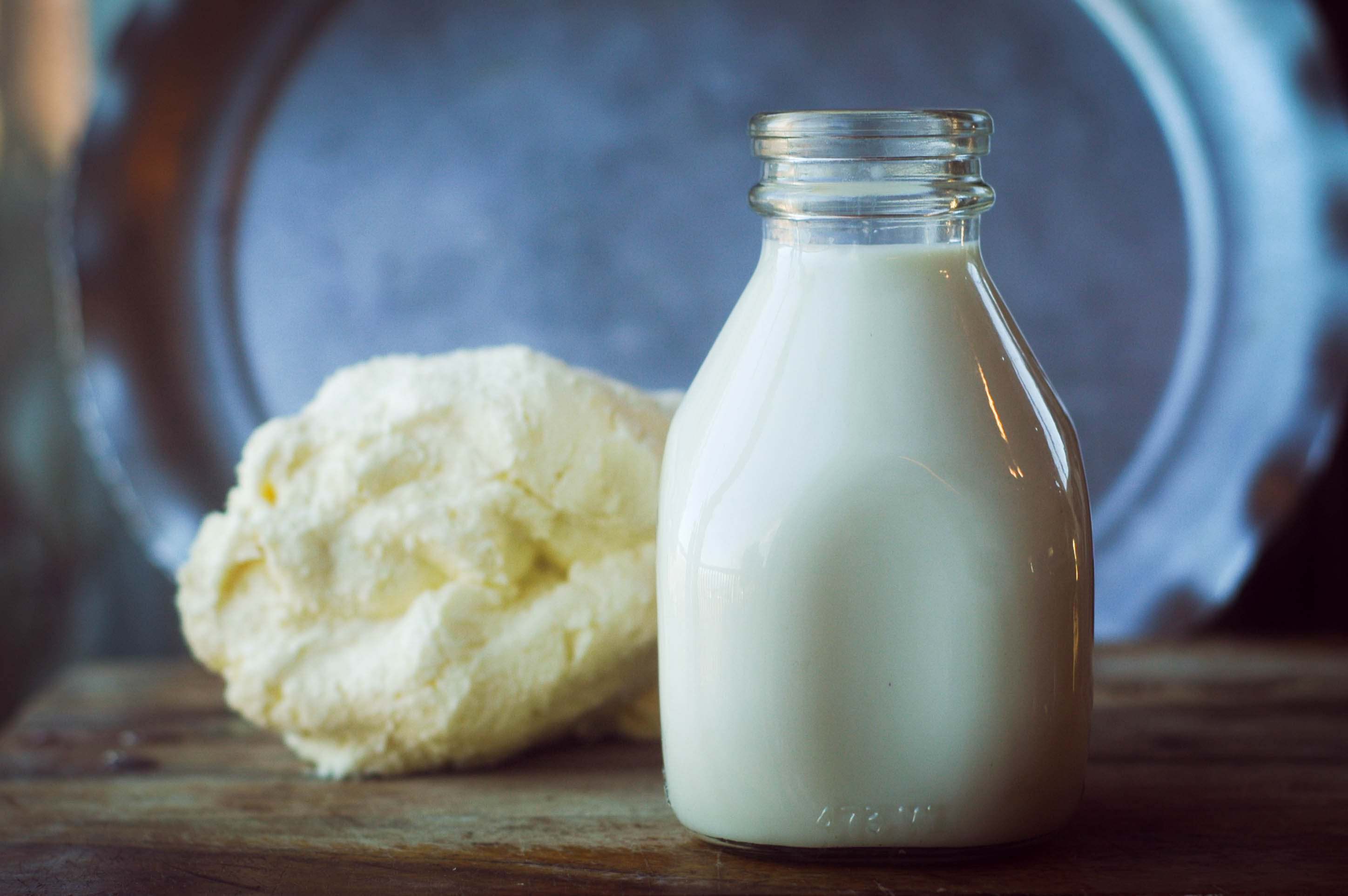Blue garlic, also known as blue-violet garlic, is a unique and visually striking variety of garlic that has been gaining attention in the culinary world. This rare type of garlic is not only known for its vibrant blue-violet hue but also for its distinct flavor and potential health benefits. In this article, we will explore what blue garlic is, how it is different from traditional garlic, and how it can be used in cooking.
What Makes Blue Garlic Unique?
Blue garlic gets its distinctive color from anthocyanins, which are natural pigments found in certain fruits and vegetables. These pigments are responsible for the blue, purple, and red hues seen in various plant-based foods. In the case of blue garlic, the presence of anthocyanins gives the cloves a striking blue-violet appearance, setting it apart from the more common white or off-white garlic varieties.
Flavor Profile
In addition to its eye-catching color, blue garlic also offers a unique flavor profile. While it retains the characteristic pungent and slightly spicy taste of traditional garlic, it also has subtle fruity and floral notes, adding depth and complexity to dishes. The flavor of blue garlic can vary depending on factors such as growing conditions and soil composition, but it generally offers a more nuanced taste compared to regular garlic.
Culinary Uses
Blue garlic can be used in a variety of culinary applications, adding both visual appeal and flavor to dishes. Here are some ways to incorporate blue garlic into your cooking:
- Roasted Blue Garlic: Roasting blue garlic cloves brings out their natural sweetness and creates a creamy texture, perfect for spreading on bread or incorporating into dips and spreads.
- Blue Garlic Aioli: Use blue garlic to make a vibrant and flavorful aioli to accompany seafood, roasted vegetables, or as a dip for fries and chips.
- Blue Garlic Infused Oil: Infuse olive oil with blue garlic to create a colorful and aromatic oil for drizzling over salads, pasta, or grilled meats.
Health Benefits
Like traditional garlic, blue garlic is believed to offer various health benefits. It contains allicin, a compound known for its potential antibacterial and antifungal properties. Additionally, the presence of anthocyanins in blue garlic may contribute to its antioxidant properties, which can help combat oxidative stress in the body.
Where to Find Blue Garlic
Blue garlic is not as widely available as traditional garlic varieties, but it can often be found at specialty food stores, farmers' markets, and online retailers. Some garlic enthusiasts also cultivate their own blue garlic at home, taking advantage of its unique characteristics and flavors in their cooking.
In conclusion, blue garlic is a visually stunning and flavorful addition to the culinary world. Its distinctive color, nuanced flavor profile, and potential health benefits make it a sought-after ingredient for adventurous cooks and food enthusiasts. Whether used in traditional recipes or as a creative twist in modern dishes, blue garlic offers a unique culinary experience that is sure to captivate the senses.
Was this page helpful?
Read Next: What Is Bread And Butter Pudding?
